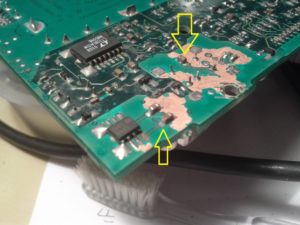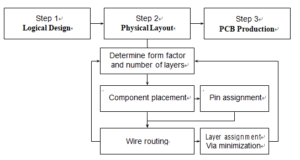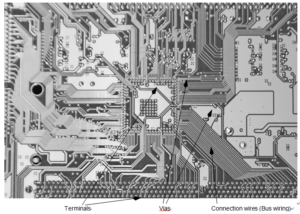Reverse Engineering Physical Printed Circuit Board
Reverse Engineering Physical Printed Circuit Board
Printed circuit board (PCBs), are ubiquituous. PCBs are the backbones of almost every electronic device, and therefore, Reverse Engineering Physical Printed Circuit Board and manufacture it are extremly important components of many industrial production processes.
Before a Printed Circuit Board can serve its task it evolves through three main steps. The first one is the logic design, which defines the components to be used and their interconnections. The second step is the physical layout of the Printed Circuit Board where the geometric positions of the components and their physical connections are decided. The final step is the industrial production of the PCB.
In this article we give an overview on the mathematical models and methods used in the second step, the physical design of the board. The two major issues here are component placement and wire routing as depicted in below Figure.
A digital logic circuit consists of a collection of interconnected parts. The parts come in two varities; active parts, i. e., integrated circuits (IC) and passive parts, such as resistors, and capacitors.
Due to continuously shrinking feature sizes, the functionality of ICs per area unit has significantly increased over the years. This has led to a steady increase of the ratio between passive and active parts of a PCB. Ratios of 20 or 30 passive to one active part are not uncommon when Reverse Engineering Physical Printed Circuit Board. Each part can be represented by the shape and area occupied on the board together with the locations of one or more pins or pads where the electrical connections are made (see below Figure).
One IC may have up to several hundred pins. To have a single term we will call the pins and pads of the components terminals. A set of terminals that have to be electrically connected is called a net. In PCB and chip design it is implicitly understood that the electrical connection has to be realized by a tree (on a routing graph to be described later). This standard definition of a net just specifies the nodes that have to be connected and leaves open how the actual wiring is done. Two different nets (i.e., their physical realization) must be insulated from each other.




